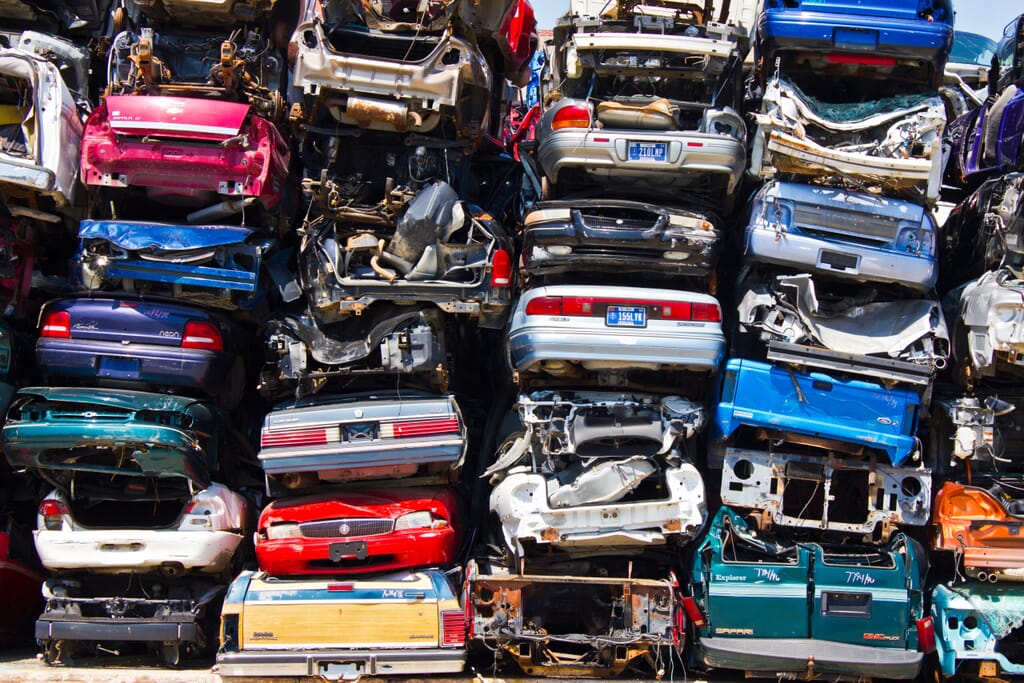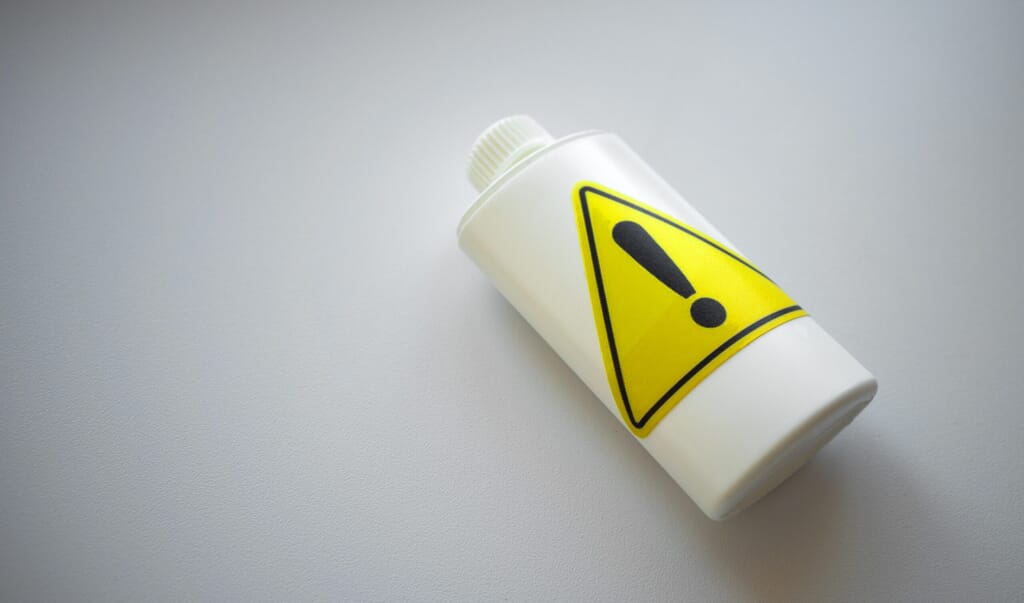News
EU Commission report concludes no changes to the WEEE Directive are appropriate
8th May 2017

In respect of reviewing the scope, the report focuses on three aspects:
1. The change from the current 10 categories to 6 new categories, including two ‘open’ categories, of large and small equipment.
The report concludes that the new Directive covers all categories of equipment that fall under the scope of the old Directive and that ‘opening’ the scope should eliminate problems arising from different classification of products by Member States. This is expected to increase legal certainty and bring about greater harmonisation in the implementation of the new Directive. The inclusion of equipment including household lighting and electric two-wheel vehicles from 2018 onwards should bring additional environmental, administrative and economic benefits, with implementing costs expected to be minor.
2. The distinction between small and large equipment
The report concludes that the distinction between small and large equipment (i.e. equipment with any external dimension less or greater than 50cm) in the WEEE Directive is practicable and appropriate.
3. The differences between the scope of the new WEEE Directive and the scope of the RoHS Directive
The main difference between both Directives is the definition of electrical and electronic equipment, which means that some types of equipment that fall under the scope of RoHS are outside the scope of WEEE (e.g. petrol lawn mowers, gas stoves with electronic ignition only). The report concludes that aligning the scope of the WEEE Directive with that of the RoHS Directive would bring limited environmental benefits as at least 80 % of such equipment is already recycled and that it would result in additional costs for producers.
In respect of re-examining the deadlines for reaching collection targets, the report considers postponing the deadline or decreasing the collection target of 85% to mitigate the risk of Member States not meeting the 2019 targets. The report concludes that postponing the deadline or lowering the collection target would jeopardize the achievement of the objectives of the new WEEE Directive and result in a significant loss of resources and revenue from the recycling of valuable materials. It notes that while the 2019 collection target is ambitious, it is feasible if Member States do more to gradually tackle problems including unreported quantities of WEEE collected and the lack of effective enforcement and monitoring capabilities.
In respect of assessing the impacts and the feasibility of setting individual collection targets for one or more WEEE categories, the report concludes that while setting individual collection targets may bring some economic, environmental and social benefits, it is difficult to draw conclusions about the feasibility of setting such targets at EU level due to varying conditions across Member States and there would also be additional obligations for stakeholders and Member States and a significant increase in administrative burden.
The report therefore concludes that no changes to the WEEE Directive are appropriate.
Get in touch to find out how we can help with your compliance requirements
EMEA:
+44 (0) 1869 255758
/
US:
+1 (800) 450 2403
/
Email:
sales@thecompliancemap.com


